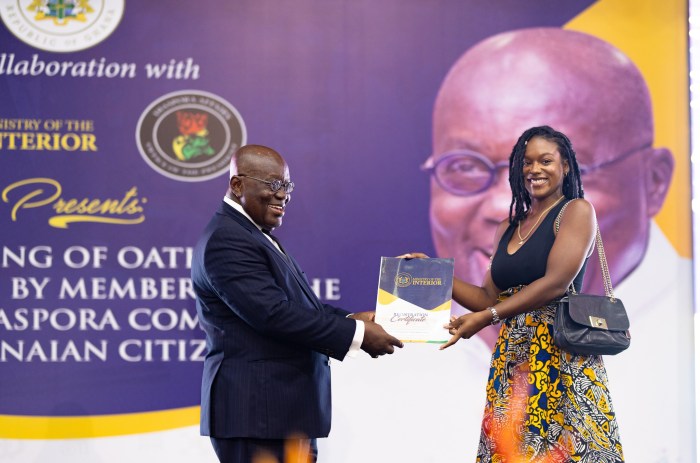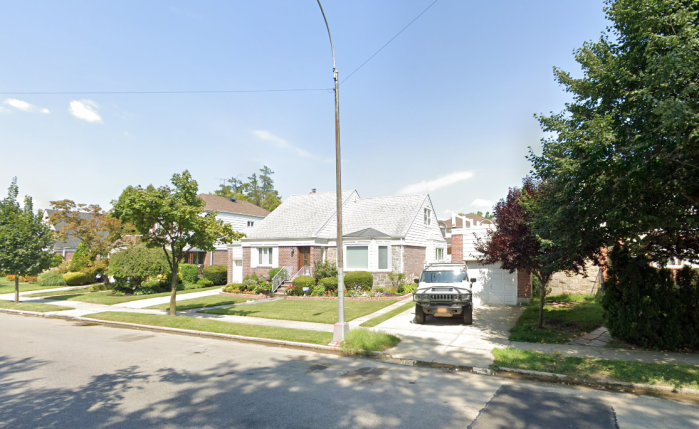“O Africa awaken!!
The morning is at hand,
No more art thou forsaken,
O bounteous motherland.”
On May 15 2013, my wife Ela and I, and a group of friends and acquaintances, decided to commence our long delayed and much anticipated journey to the African continent. We had initially decided to make the trip in 2011, but postponed it for a variety of reasons-illness, conflicting holiday schedules and competing activities, but on Wednesday May 15 2013 we decided that the time had finally arrived for our African safari. We departed for JFK airport, terminal 4 on a direct flight from New York to Accra, Ghana. The Delta flight left promptly at 10:00 pm and was scheduled to arrive in Accra at 2:00 pm the next day.
As soon as the aircraft ascended into the sky, the flight crew pulled down the window shades and explained that it was to protect the passengers from the rays of the early morning sun on the African continent. Our flight path was unique. Instead of taking the direct trans-Atlantic route, we took the southern route from North America to Europe to Africa, we took the southern route from North America to Brazil, South America, then east to the African continent. The flight path took us over the northeastern Brazilian cities of Fortaleza, Recife and Salvador de Bahia. I was impressed by the proximity between the continents of South America and Africa. They were separated by a narrow sliver of ocean.
By six o’ clock the next morning we were on a flight path over the African cities of Banjul (Gambia) Freetown (Sierra Leone) Dakar (Senegal) and Abijan (Ivory Coast).
As I opened the window shade of the aircraft, the magnificent rays of the African sun rushed in like a thunderbolt, illuminating the entire cabin, disturbing the passengers from their early morning sleep. After this sudden and unexpected burst of sunshine, I experienced a sudden epiphany about the African continent. It dawned on me that Africa was indisputably the “cradle of the human race,” the mystical Garden of Eden where Jehovah Jireh had breathed into man the breath of life, and created all human life. While the other continents were still shrouded in a cloud of darkness and cold, here on the continent of Africa the magnificent rays of the sun had created light, warmth and life. Here on this blessed continent, the animals were roaming in the expansive savannahs, the birds were chirping in the tropical rain forests, and human beings were busy interacting in the cities of Africa, at the crack of dawn, selling their merchandise, and becoming involved in a wide variety of human activities.
The aircraft arrived promptly in Accra, Ghana, at about 2:00 pm. As I knelt to kiss the ground of the continent that gave birth to the human race, and gave sustenance to the great civilizations of Kemet (Egypt), Ethiopia, Ghana, Mali and Songhai, I remembered vividly the words of William Wordsworth at Tintern Abbey: “And I have felt a presence that disturbs me with the joy of elevated thoughts, a sense sublime, of something far more deeply infused, whose dwelling is the light of setting suns, and the round ocean, and the living air, and the blue sky, and in the mind of man.”
After we had lunch at the hotel, we were introduced to our itinerary for the first day. We would be visiting the historical landmarks in Accra- the Kwame Nkrumah memorial park and mausoleum, the W.E.B Du Bois Center for Pan-African culture, the Marcus Garvey Center, the Diaspora African Forum, the Arts Center and the Makota market. At the Nkrumah mausoleum, we were introduced to the life and monumental achievements of Kwame Nkrumah. We witnessed his attempts to establish a union of Ghana, Mali, and Guinea, and to create the Organization African Unity (OAU). At the W.E.B Du Bois Center, we were introduced to the magnificent Du Bois library, the Du Bois museum and the Du Bois mausoleum. At the Makota market and Arts center, we were introduced to a wide variety of Kente cloth designs and African fabrics, and also to a wide range of African wooden sculptures.
On the second day, we were scheduled to depart for Ho and Hohoe, two provincial towns in the Volta region, and to visit Akpafu Todzi, an ancient settlement of iron ore miners and blacksmiths, where we were scheduled to attend a naming ceremony, during which we were to be given our African names. My African name is Yaw Atute Oye.
The third day was spent travelling from Ho and Hohoe to Accra, then to Kumasi. On the fourth day, we visited the ancient city of Kumasi, the capital of the Ashanti region. We toured the Mannhyia palace where we witnessed a documentary film of the Ashanti kings, from Nana Osei Tutu, who received the golden stool from the sky, and who ruled the Ashanti nation from 1695 to 1719. We were introduced to Yaa Asantewa, the celebrated Ashanti warrior queen who led the Ashanti nation in several wars against the British, and whose majestic statue is found in several urban locations throughout Ghana. Then we were introduced to Nana Osei Tutu II, who succeeded his illustrious father Nana Osei Premph I, who was exiled in Elmina Castle and the Seychelles island.
Later that day, we visited the craft villages of Bonwire and Ntoso in the Ashanti region, where Kente weaving and Adinkra cloth prints were the chief occupations. Our next stop was the village of Ahwiaa, famous for its wood carvings. We departed from the Ashanti region, impressed with the illustrious achievements of this immensely talented nation of African warriors, who had launched a fifty year war of resistance against the British super power, and had succeeded in defeating them on several occasions.
On the fifth day, we drove to the Cape coast area in the Central region. There we visited the Elmina Castle, where thousands of Africans were kept in dungeons and shipped to the sugar and cotton plantations in North America and the Caribbean. Elmina Castle is the largest and oldest fortress connected to the trans-Atlantic slave trade. It has been in existence for 531 years. It was built by the Portuguese in 1482, and held by the Portuguese from 1482 to 1637, a total of 155 years. It was then held by the Dutch from 1632 to 1872, a total of 235 years. Finally, it was held by the British from 1872 to 1957, a total of 85 years. Then it was transferred to the independent republic of Ghana from 1957 to 2013, a total of 86 years.
When the captives were bought to Elmina Castle they were taken to the Old Portuguese Catholic church before being taken to the dungeons. Examinations were conducted to determine the ages and state of health of the captives. After the examinations, the captives were taken to the dungeons—the men were separated from the women to prevent any type of social interaction. The captives were held in the dungeons for a maximum of one to two months. In the dungeons, they were given just enough food and water to keep them alive. Rarely were they bought out for sunlight or exercise.
The conditions in the dungeons, particularly the female dungeons, were highly unsanitary. Containers were placed in the corners of the dungeons in which the captives were expected to defecate and urinate. The captives were not permitted to bathe, and very often had to sleep on floors covered with vomit, feces, urine and menstrual blood. Since the dungeons of Elmina Castle had very few windows for ventilation, one can imagine how the heat and congestion intensified the stench of feces, urine, vomit and menstrual blood on the floors. When the slave ships arrived, the men and women were marched through a door now known as the “DOOR OF NO RETURN.” It was to be the last time they were to see their beloved motherland, before descending a ladder and entering the holds of the slave ships destined to undertake a brutal and diabolical journey to unknown destinations on the other side of the Atlantic Ocean.
Around the 1800’s, my great- great grandmother, Isabelle Kwabena, the daughter of a Fanti king, Nana Kwabena Ansah, the first king of the Fanti confederacy, was placed on a ship at Elmina and sent to a colony called Demerara. She disembarked at a city called Stabroek and was sold to the owner of plantation Alness, on the Corentyne coast, in county of Berbice. When I entered the “ROOM OF NO RETURN,” at Elmina Castle, on May 19, 2013, I stood at the doorway, and raised my hands triumphantly, exclaiming, “I have returned!” A lineal descendant of Isabelle Kwabena, daughter of Nana Kwabena Ansah had survived the African holocaust, and had returned from the diaspora to reclaim the beloved motherland.
I stood on the balcony of Elmina Castle, and gazed, in fascination, at the turbulent waters of the Atlantic Ocean. It was as if the angry waves of the Atlantic Ocean were uttering a primal scream against the holocaust that had taken place 200 years ago. I visualized, in my imagination, the route that the trans-Atlantic slave ships must have taken on their way to the New World.
The words of Marcus Mosiah Garvey resonated in my ears,
“From far thy sons and daughters,
Are hastening back to thee,
Their cry rings o’er the waters,
That Africa shall be free.”
The author is a Brooklyn, NY-based Guyanese attorney and scholar.å























